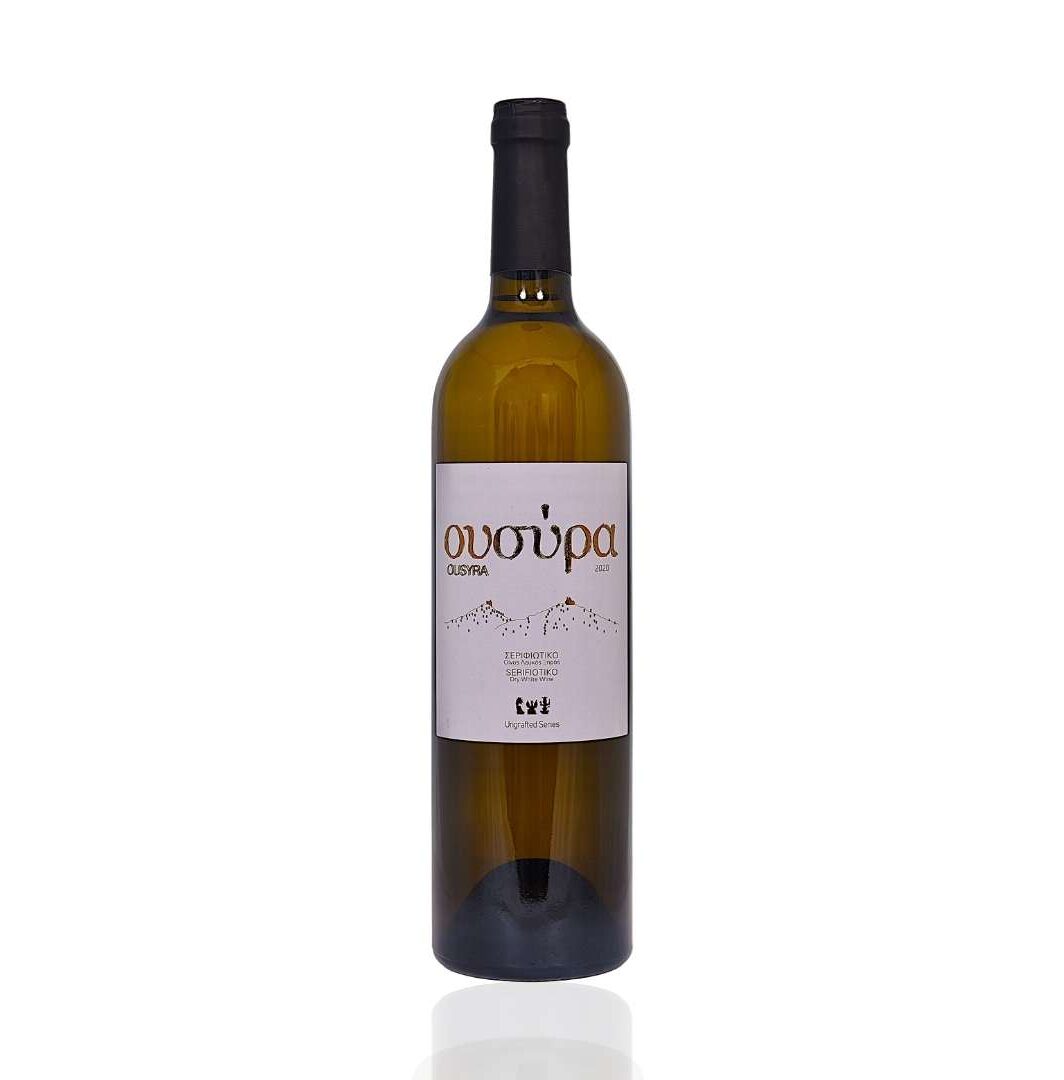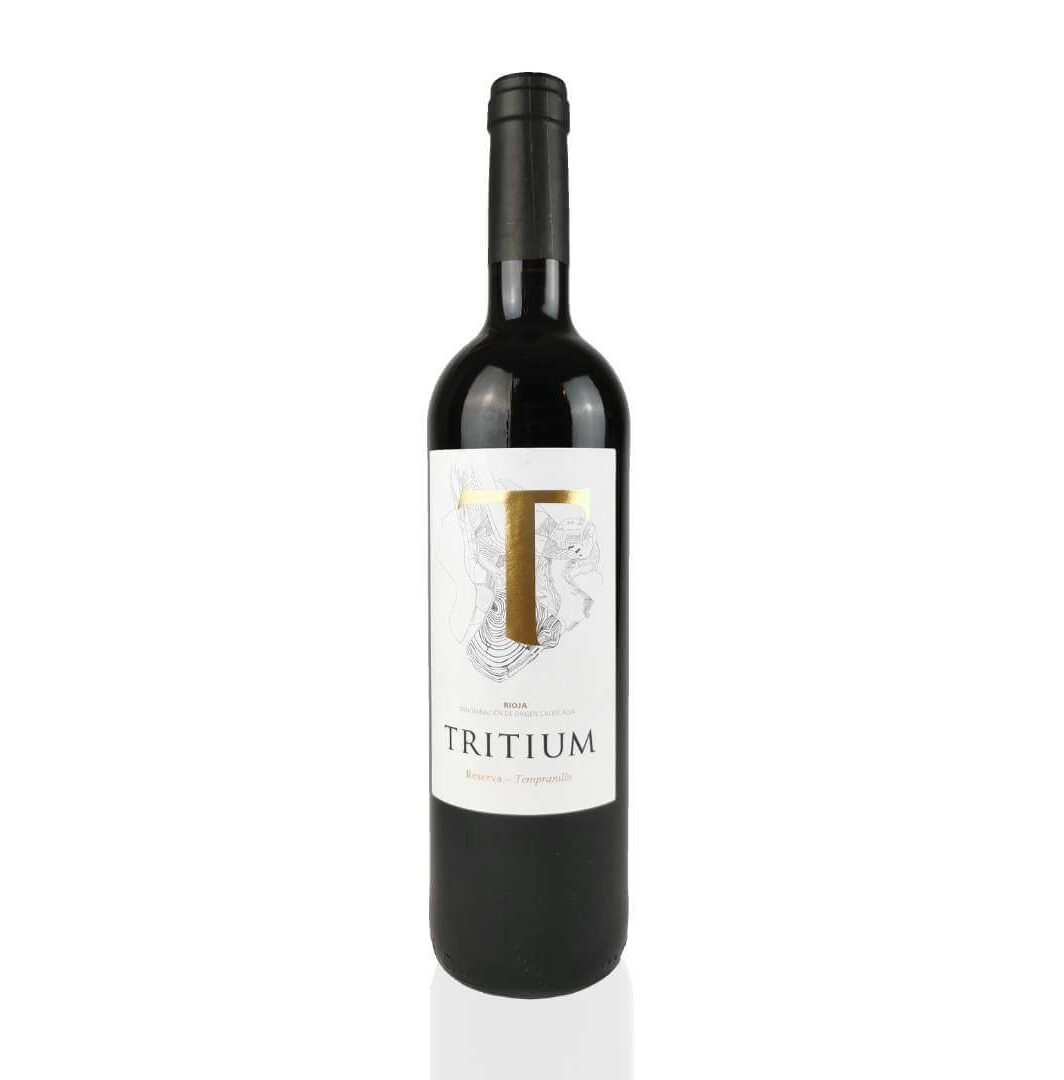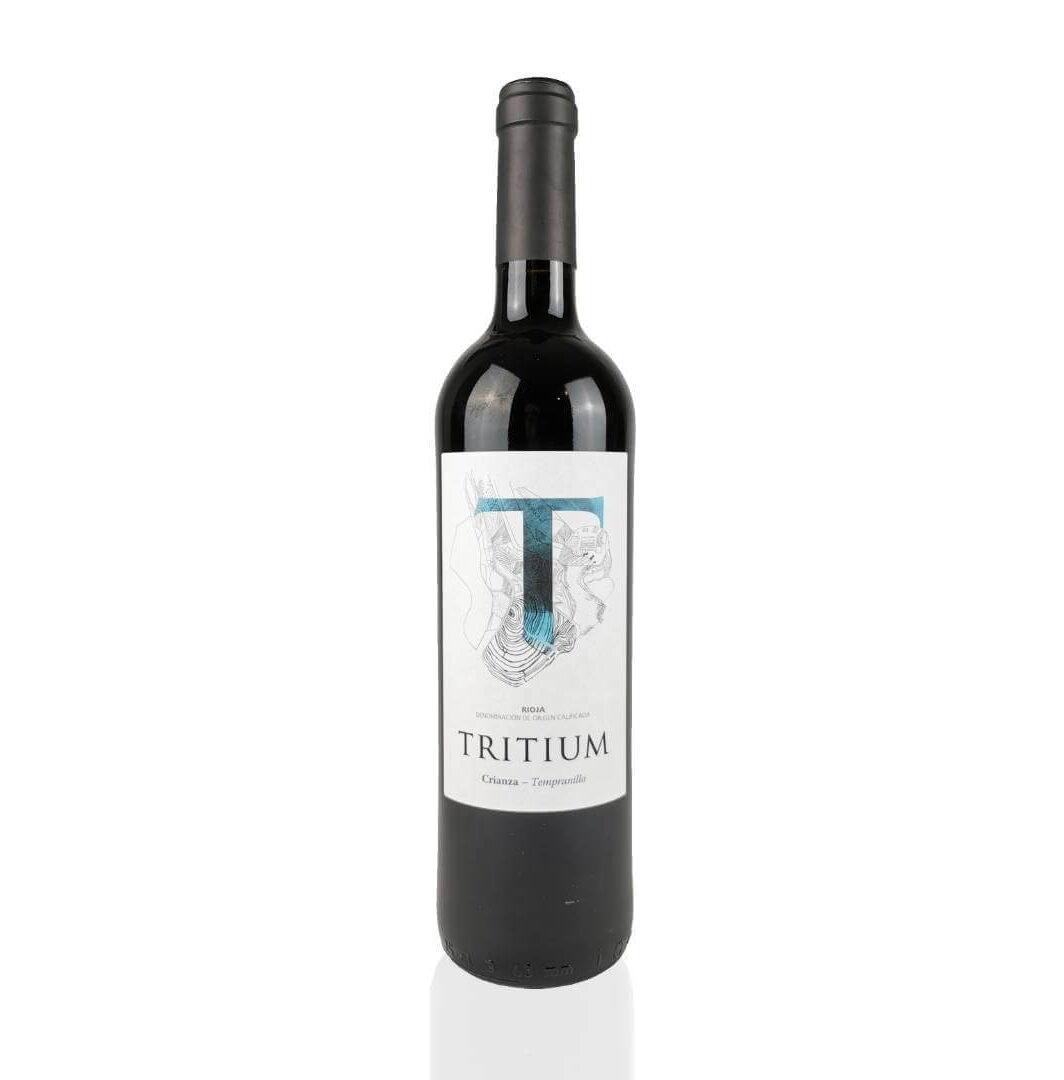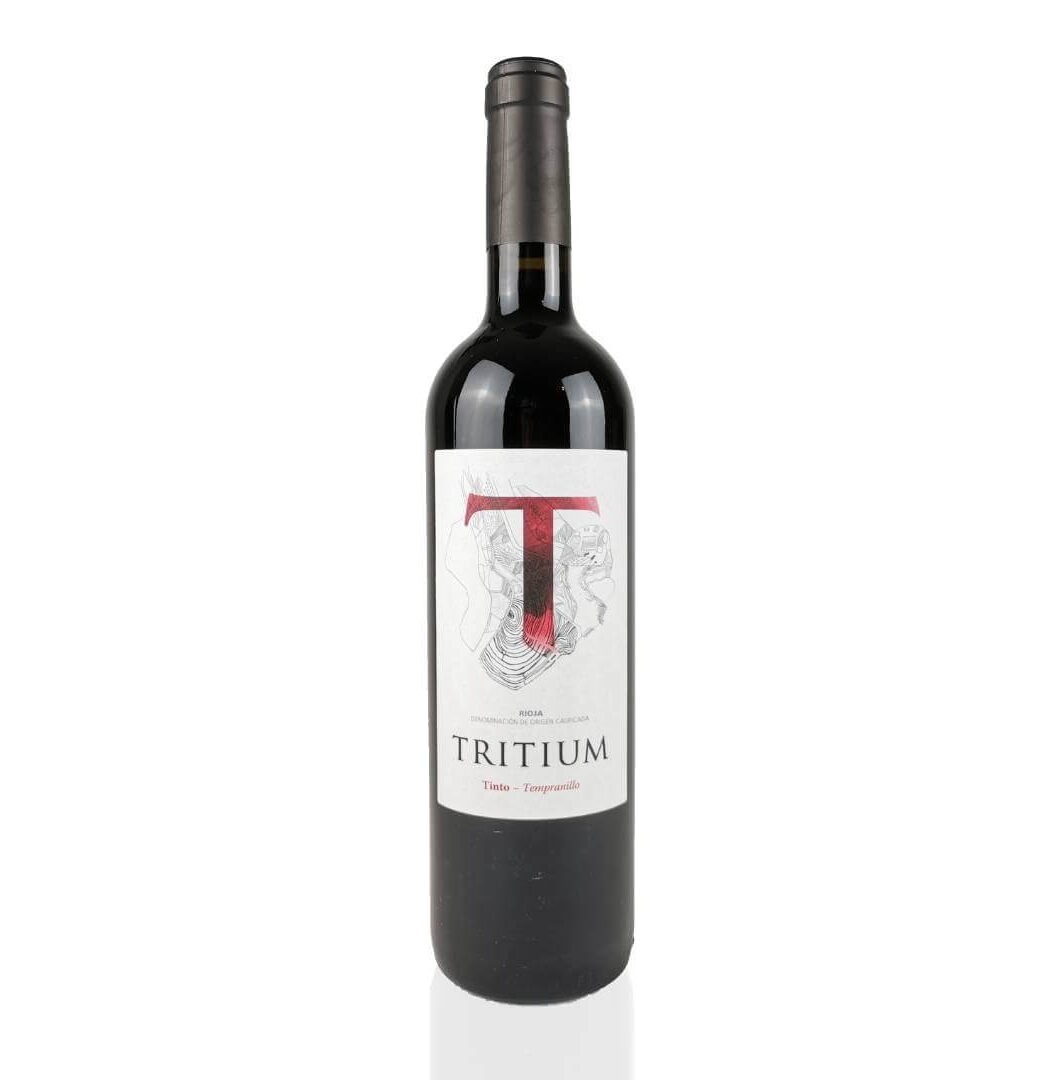Spanish Wine
Spain has been at the top of the list of countries with the largest wine-growing area for years, with a vineyard area of around one million hectares. No other wine is as famous as the Spanish, especially the Spanish red wine enjoys great fame. Ideal conditions for wine growing are created by the optimal climate in Spain and thus wines with character and wonderful taste are created.
You can taste the attitude to life of the southern society in Spanish wines and this is one of the secrets of their success.
Wine growing is also an essential factor for the economy in Spain. Not only does it create jobs, but the increasing export figures also bring money to Spain.
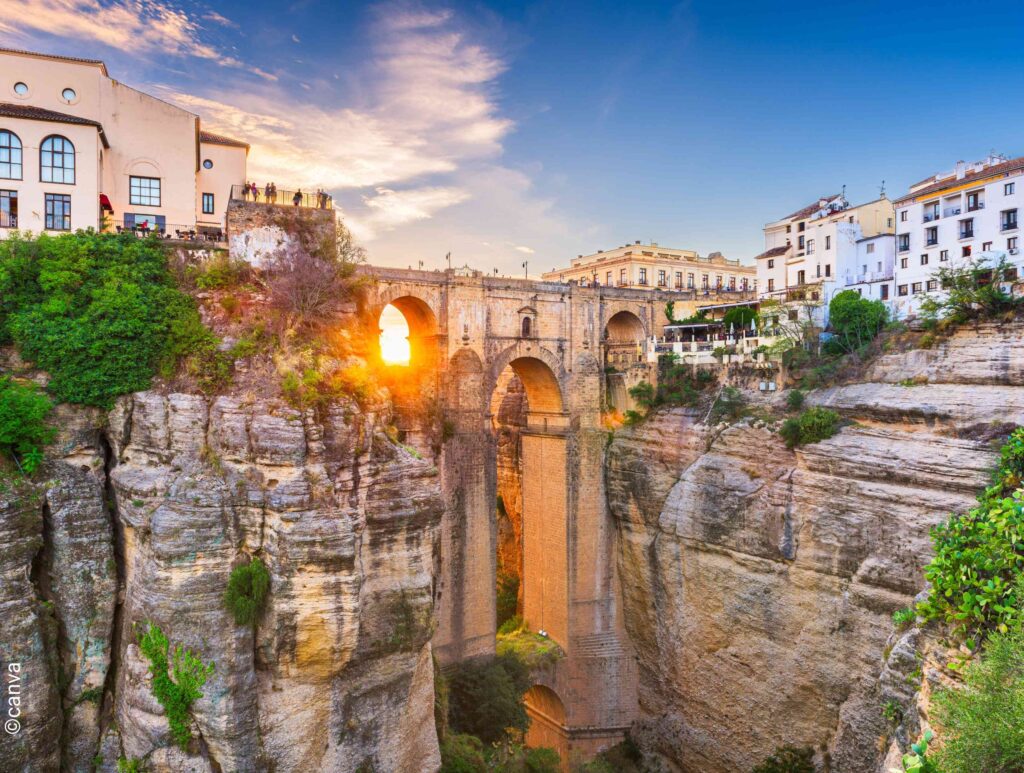
Spanish wine is grown here
Spain has 17 wine-growing regions that extend far across the Spanish mainland. Some of these carry DO (Denominación de Origen) or DOC (Denominación de Origen Calificada) classifications.
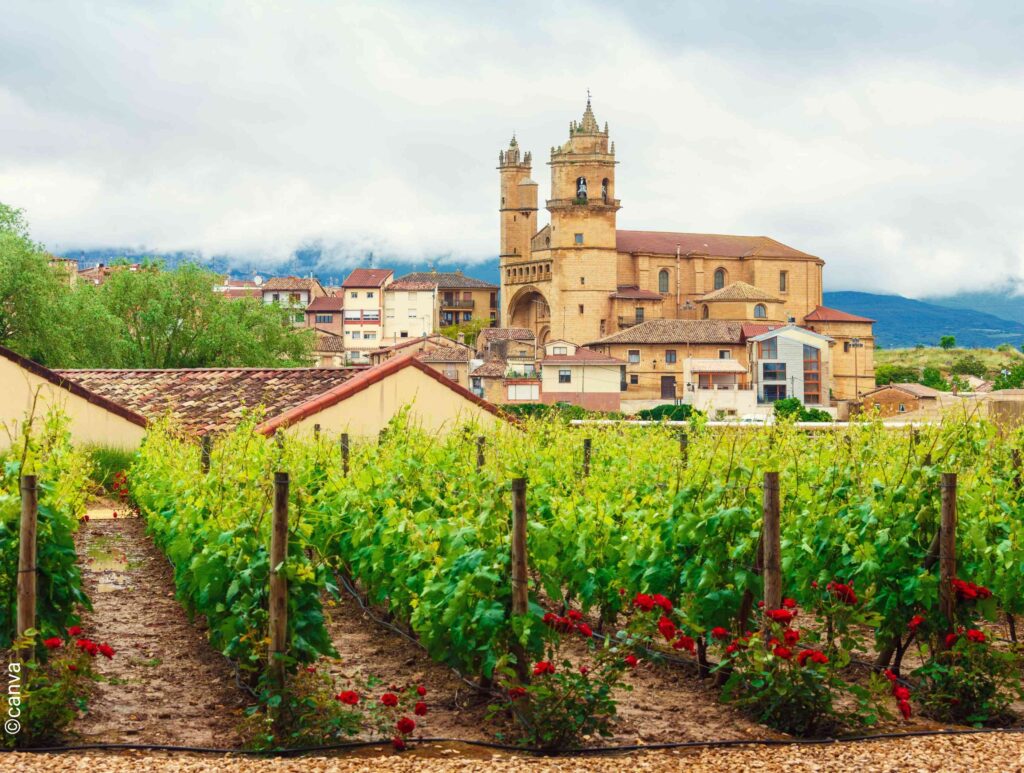
- Andalusia
- Aragon
- Asturias
- Balearic Islands
- Basque Country
- Extremadura
- Galicia
- Canary Islands
- Cantabria
- Castile-La Mancha
- Castile-y-León
- Catalonia
- Madrid
- Murcia
- Navarre
- La Rioja
- Valencia
Denominación de origen a seal of quality.
Spanish wine can not only come from different regions, but also have different quality levels that say something about that wine. If a wine is labeled with the abbreviation D.O. (Denominación de origen), one can conclude that this wine was produced in the region stated in front of it.
The D.O. quality seal is subject to strict regulations and is only awarded if exclusively grape varieties approved for the respective region are used, the residual sugar and alcohol content of the wine is correct and the specifications for the production of the wine are adhered to. Currently there are 64 D.O. regions. The abbreviation D.O.Ca (Denominación de origen calificada), which can be found in Rioja, for example, seals an even higher quality of the wines from Spain. Other quality levels of Spanish wines are the country wines (Vino de la Tierra (VdlT)) and table wines (Vino de Mesa (VdM)), where the degree of maturity of the wines is decisive. The term “Vino joven” is used to describe wines that have not been aged in barrels. Small tip, pay attention with these wines on the label to expressions such as “Crianza”, “Reserva” or “Gran Reserva”, these refer likewise to good quality.
Wine tip: A Rioja is not subject to barrel aging, but it is aged in bottle for one to two years. The Crianza was stored one year in barrel, as well as one year in bottle. The Reserva is also subject to one year of barrel aging, as well as two years in bottle. The Gran Reserva was aged two years in barrel and three years in bottle.
Red grape varieties from wine from Spain
In Spain, more than 180 different vines are made into wine. A lot of the red grape varieties dominate in certain regions because they have adapted to the climate there.
- Alcanón
- Alicante Ganzin
- Alicante Henri Bouschet
- Bobal
- Brancellao
- Cabernet Franc
- Cabernet Sauvignon
- Caiño
- Caiño Tinto
- Callet
- Cariñena
- Cazagal (Cayetana)
- Cencibel (Tempranillo)
- Espadeiro
- Fogoneu
- Forcayat
- Garnacha Tinta
- Garnacha Tintorera (Alicante)
- Graciano
- Hondarrabi Beltz
- Jaén
- Juan Ibañez
- Listán Tinto (Palmino Fino)
- Malbec
- Manto Negro
- Maria Ardona
- Mazuelo (Cariñena)
- Mencía
- Merlot
- Monastrell
- Moravia
- Moristel
- Negramoll
- Pinot Noir
- Prieto Picudo
- Rioja
- Samsó (Cariñena)
- Souson
- Syrah
- Tempranillo
- Trepat
Spanish wine at Wine-Love
Now that you have hopefully learned a bit about wine from Spain and the quality labels – but now you still have to taste it! Below this post you can already find a great selection of excellent wines from different regions in Spain. Cheers!
We carry numerous wines from Spain from different wineries.
You are interested in the wine and want to try it first? We are happy to put together a Spain package for you, just send us a message to: we**@*******ve.de.


